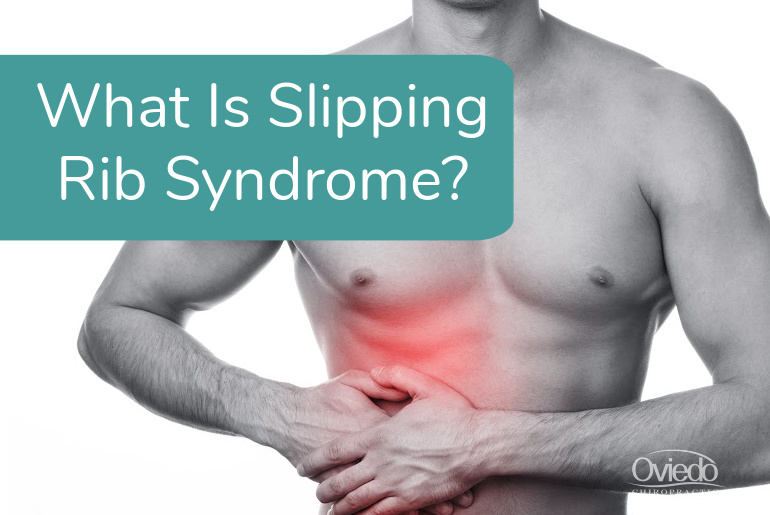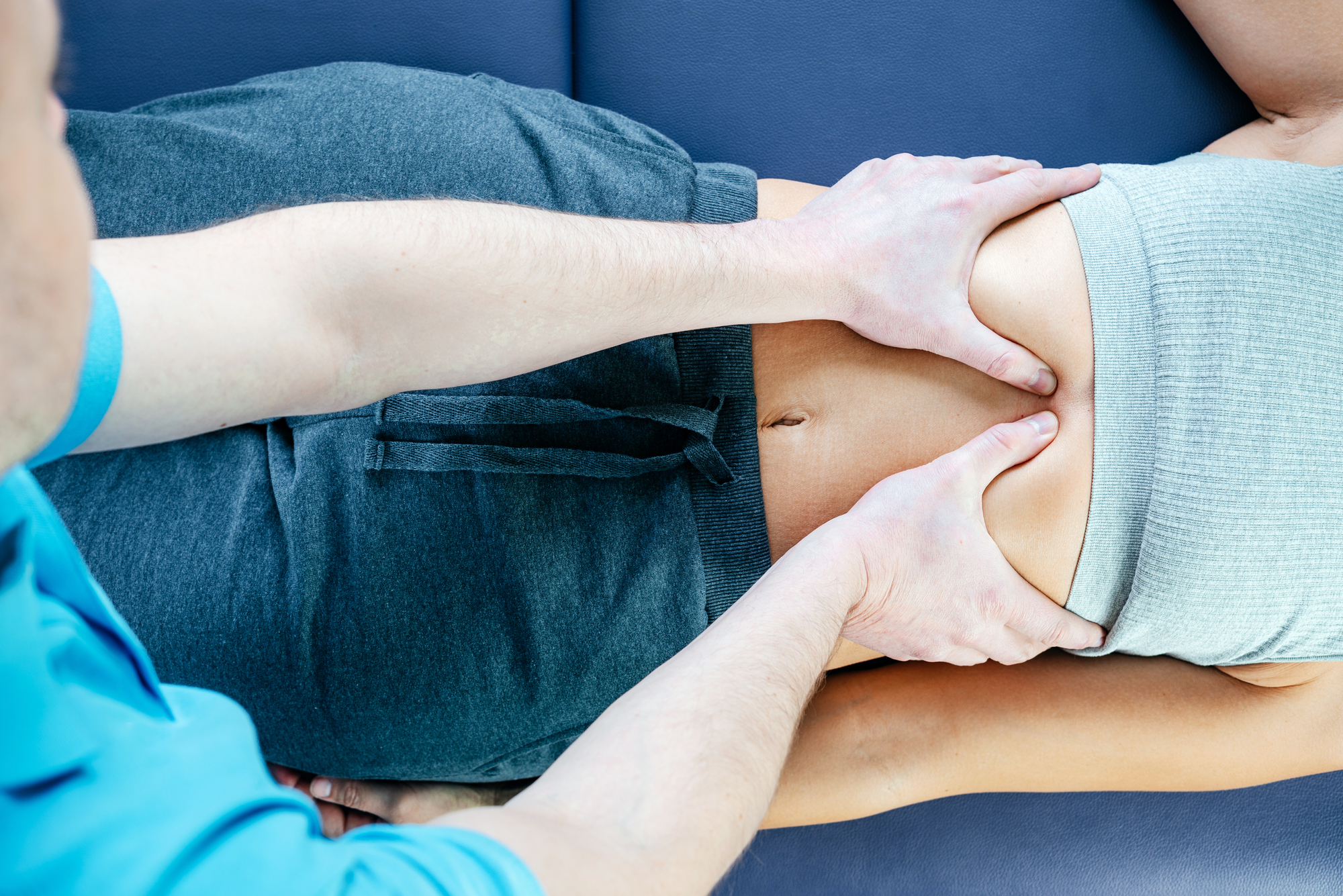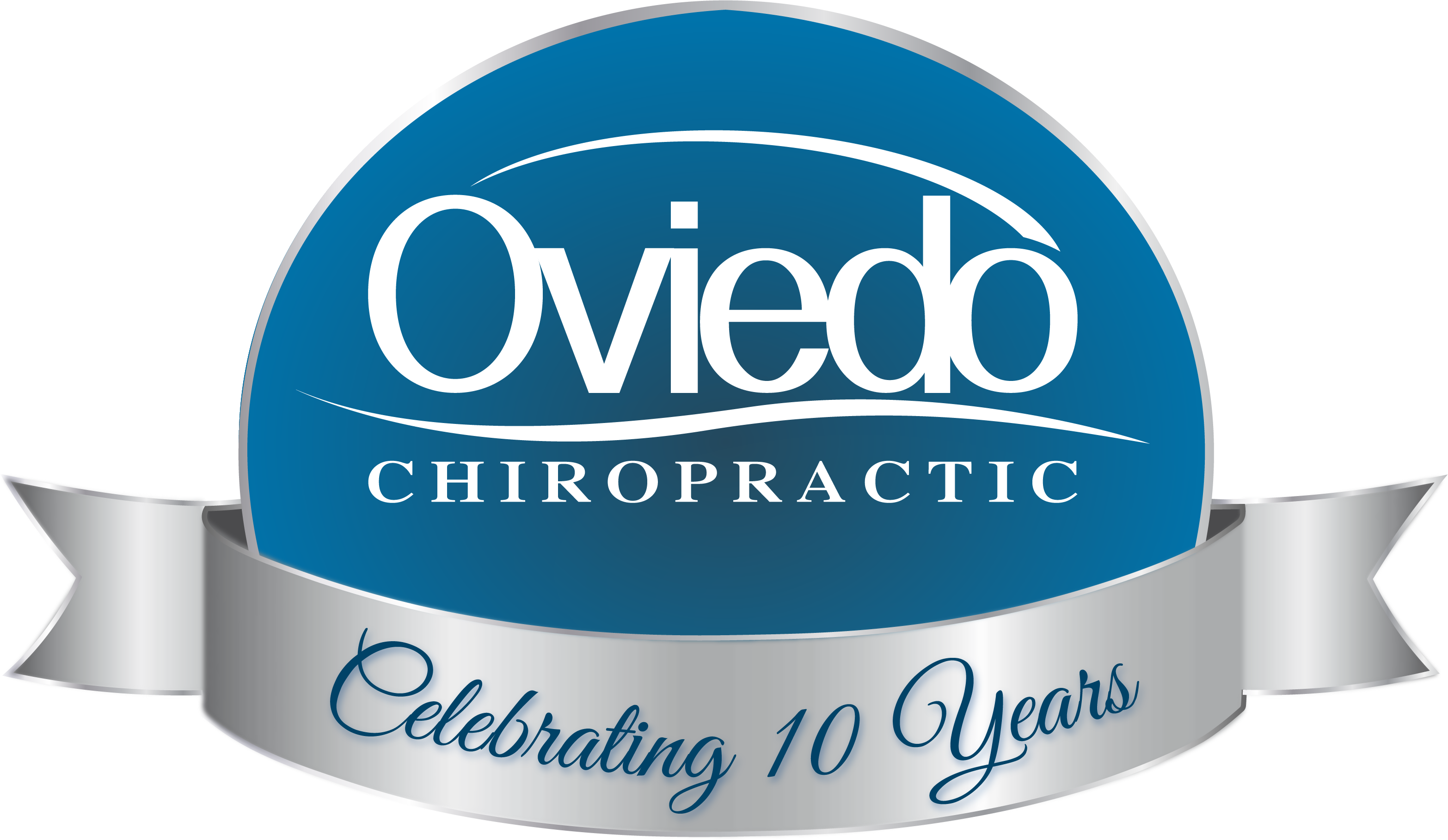What Is Slipping Rib Syndrome?

Popping, clicking, and pain in your side?
It could be slipping rib syndrome. Here’s how to treat it.
If you’re like most people, you rarely think about your rib cage…until it starts to hurt. It’s only then that you realize how much the ribs are involved in your daily movements.
Though rare, slipping rib syndrome can have a tremendous impact on your daily life, even keeping you from doing the most basic tasks.
In this article, we’ll take a deep dive into this rarely understood condition so you can find ways to get diagnosis, treatment, and the relief that you deserve.
We Offer Same-Day Appointments
What Is Slipping Rib Syndrome?
Slipping rib syndrome occurs when the ribs shift out of their proper position. This condition is also known as a rib subluxation, floating rib, clicking rib, or dislocated rib.
This is able to occur because your ribs are not directly attached to your sternum or spine, as most people think. Instead, they are connected at each end by cartilage that allows a small amount of movement. This movement makes it possible for the lungs to expand when you take a breath and also allow for flexibility when twisting or bending.
Slipping rib syndrome most often occurs in the 8th, 9th, and 10th ribs, which are known as “false ribs.” Because these ribs are not connected to the sternum or to another rib, it is much easier for them to be knocked out of their proper position (which is called a “subluxation”).

What Causes Slipping Rib Syndrome?
Typically, slipping rib syndrome occurs when the intercostal cartilage is weakened or stretched, allowing the ribs to move more freely.
In some cases, this can be caused by hypermobility due to an underlying condition, such as Ehlers Danlos syndrome or Marfans syndrome. In hypermobile individuals, the connective soft tissues may be “stretchier” than usual, allowing the ribs to move more easily.
Ribs can also slip out of place after an injury. Direct trauma (such as a car accident) can force the rib out of place, as can overuse of the area. Twisting or jerking movements or even a severe long-term cough can be enough to weaken the cartilage and cause a rib to slip.

Symptoms Of Slipping Rib Syndrome
Slipping rib syndrome usually occurs on one side of the body, although it can occur simultaneously on both sides.
The most common symptom is pain at the site of the slipped rib, although pain can be felt in the back as well. This pain can be sharp and stabbing or dull and achy, depending on the severity of the subluxation. In some instances, the pain can be so severe that it impedes your movements. It can even be mistaken for a heart attack.
Symptoms of slipping rib syndrome include:
- Pain in the lower chest or upper abdominal area
- A popping, clicking, or slipping sensation in the rib
- Tenderness when applying pressure to the affected area
- Muscle spasms
- Swelling and inflammation
- Difficulty breathing
The biggest distinguishing feature of slipping rib syndrome is the popping or slipping sensation caused by your bones rubbing together. This action irritates the intercostal nerves that run between your ribs, causing pain.

Slipped Rib Treatment
In most cases, your doctor will perform a simple test known as the hooking maneuver to confirm the diagnosis of slipping rib syndrome. This test involves hooking the fingers underneath the rib and pulling slightly.
Because soft tissues are not visible on X-rays, this is not a reliable method of diagnosing slipping rib syndrome.
Treatment typically involves rest and anti-inflammatory medication to reduce swelling. Unlike throwing out your back, do not attempt to stretch or exercise the area. This will do nothing to solve your condition and may make things worse.
Unfortunately, many medical professionals still believe that slipping rib syndrome doesn’t exist. If you are hypermobile or have had recent trauma to the area, make sure your doctor rules out slipping rib syndrome before pursuing further treatment.
For instance, corticosteroid injections may help reduce inflammation to the area, but they will not put your ribs back into place. To truly correct a rib subluxation, you should see a chiropractor.
Chiropractors are trained in the specific techniques and methods necessary to bring your rib back to its proper position with as little disruption as possible. They also may recommend a medical massage to promote healing and reduce inflammation.
If you are hypermobile and prone to slipping ribs, your chiropractor can even give you exercises to stabilize the area and prevent it.
Conclusion
If you’ve been suffering from the pain of slipping rib syndrome, you may have been told that you need physical therapy or even surgery to find relief. This is not always the case!
By restoring the rib to its proper position, our chiropractors can relieve pressure on the intercostal nerves and allow the body to heal itself. In addition to chiropractic adjustments, we also offer a wide range of medical massage techniques.
Schedule an appointment today to get started.

